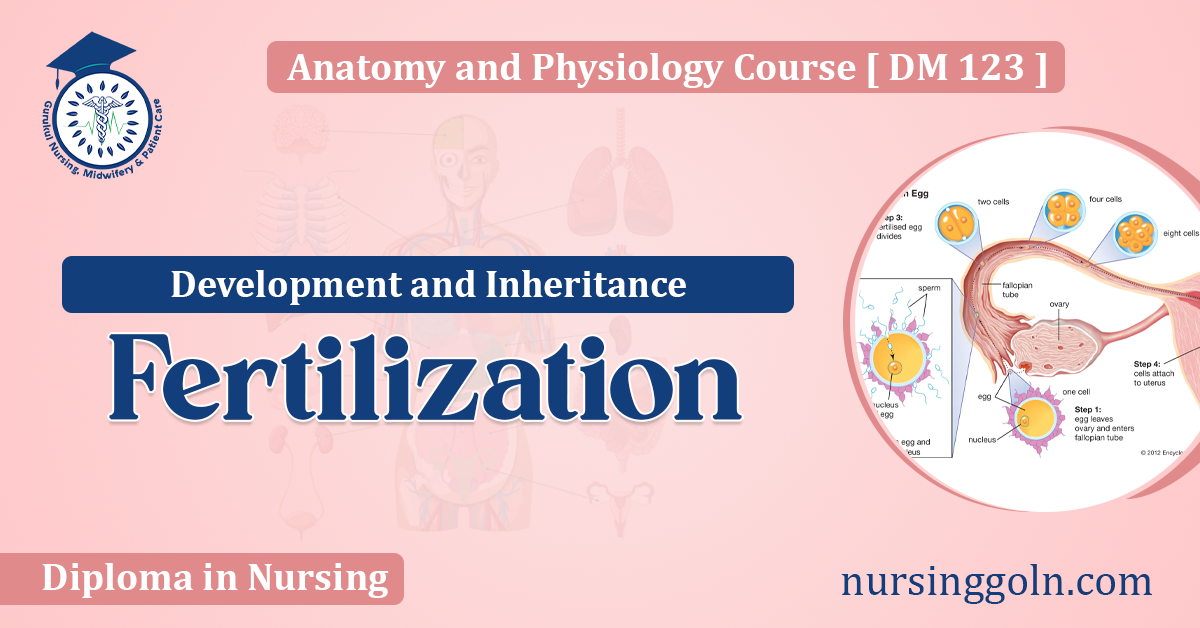Today our topic of discussion is ” All About Fertilization “. Fertilization is a pivotal biological process that marks the beginning of a new organism’s life. It is the event of sexual reproduction in which a sperm cell from a male merges with an egg cell from a female to form a single cell called a zygote.
This fusion triggers a series of developmental events that eventually lead to the birth of a new individual. Fertilization is not just about the merging of two gametes; it involves intricate mechanisms that ensure genetic diversity, proper development, and inheritance. This article delves into the details of fertilization, its role in development and inheritance, and the factors influencing this complex biological phenomenon.
All About Fertilization : Development and Inheritance
The Process of Fertilization
Fertilization can be broken down into several steps: gametogenesis, mating, sperm-egg recognition and binding, fusion of the gametes, and activation of egg metabolism leading to embryogenesis.
Gametogenesis
Fertilization begins long before the actual meeting of the sperm and egg, with the process of gametogenesis. In males, this process is called spermatogenesis and occurs in the testes, resulting in the production of sperm cells. In females, oogenesis occurs in the ovaries and produces egg cells. These gametes carry half the genetic material of the parent, ensuring that, upon fertilization, the resultant zygote has a complete set of chromosomes.
Mating
Mating is the process by which sperm are deposited by the male into the female’s reproductive tract or the environment, depending on the species. In humans and many animals, this is achieved through copulation. In other organisms, such as many aquatic species, fertilization may be external, with sperm and eggs released into the water.

Sperm-Egg Recognition and Binding
Once in the vicinity of the egg, sperm must recognize and bind to the egg. This recognition is often mediated by specific molecules on the surfaces of the sperm and egg. In many species, the egg releases chemical attractants that draw sperm towards it. Once a sperm reaches the egg, it must penetrate the outer layers of the egg, which in mammals is known as the zona pellucida.
Fusion of the Gametes
Upon successful penetration, the sperm’s membrane fuses with that of the egg. This process, known as syngamy, ensures that the genetic material carried by the sperm is delivered into the cytoplasm of the egg. This fusion triggers changes in the egg membrane that prevent polyspermy, the fertilization of an egg by more than one sperm, which would result in an abnormal number of chromosomes.
Activation of Egg Metabolism and Embryogenesis
The entry of sperm components into the egg activates the egg’s metabolism, leading to a resumption of the egg’s cell cycle and the beginning of embryogenesis. The zygote then undergoes cleavage, a rapid series of cell divisions without growth, leading to the formation of a multicellular embryo.
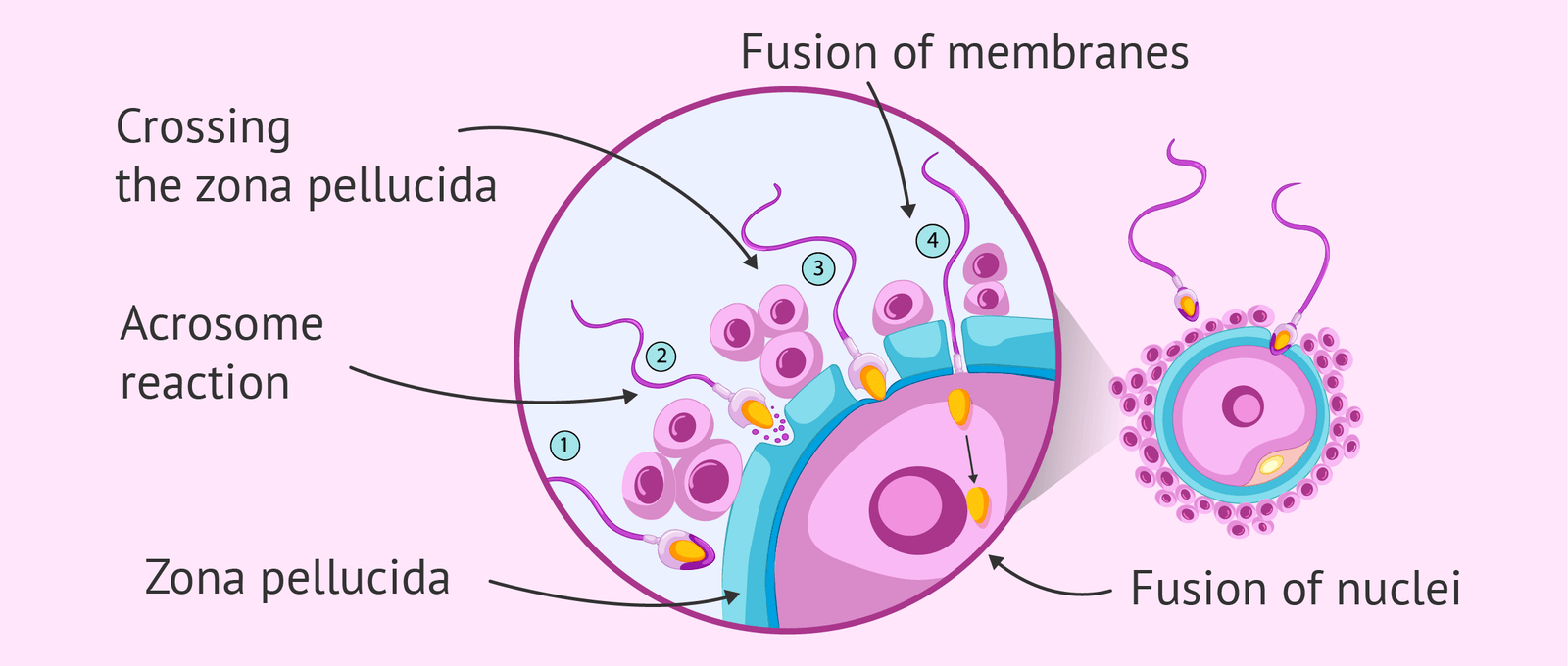
Role of Fertilization in Development
The development of a multicellular organism from a zygote is one of the most remarkable events in biology. The fertilized egg not only combines the genetic material from two parents but also initiates a complex program of development that leads to the formation of a new individual.
Activation of Developmental Genes
The zygote contains all the genetic instructions needed to develop into a full organism. After fertilization, certain genes are activated that start the process of development. These genes are involved in cell division, differentiation, and the formation of the body plan.
Cell Differentiation and Morphogenesis
As the embryo grows, cells begin to differentiate, taking on specialized functions. This differentiation is guided by the spatial and temporal expression of genes, controlled by regulatory elements that are switched on or off at different stages of development. Morphogenesis, the biological process that causes an organism to develop its shape, is also initiated during early development.
Establishment of the Body Axis
One of the first steps in embryonic development is establishing the body axes. In many organisms, this is determined by the distribution of certain molecules within the egg, which are localized to particular regions either during oogenesis or following fertilization. These molecules provide positional information to cells, guiding the development of the anterior-posterior and dorsal-ventral axes.
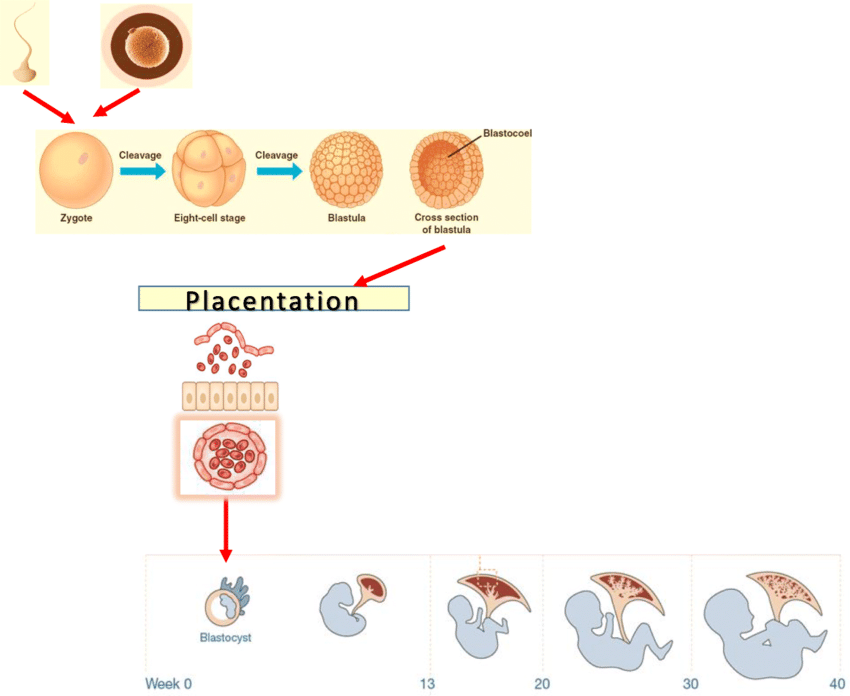
Role of Fertilization in Inheritance
Fertilization is critical for inheritance as it combines the genetic material from two parents, allowing for genetic diversity, which is a cornerstone of evolution.
Transmission of Genetic Material
During fertilization, the sperm and egg each contribute one set of chromosomes, which contain the genetic blueprints of the organism. This genetic material includes not only genes but also regulatory sequences that control when and how those genes are expressed.
Genetic Diversity
The random nature of fertilization contributes to genetic diversity within a population. Which sperm fertilizes which egg is largely a matter of chance, and this randomness ensures a unique combination of genes in the resulting zygote. Additionally, during gametogenesis, a process called recombination shuffles the genetic material, further contributing to diversity.
Mendelian Inheritance
The principles of inheritance were first described by Gregor Mendel in the 19th century and remain fundamental to our understanding of genetics. During fertilization, alleles (different forms of a gene) from the parents can combine in various ways, leading to the dominant or recessive expression of certain traits in the offspring.
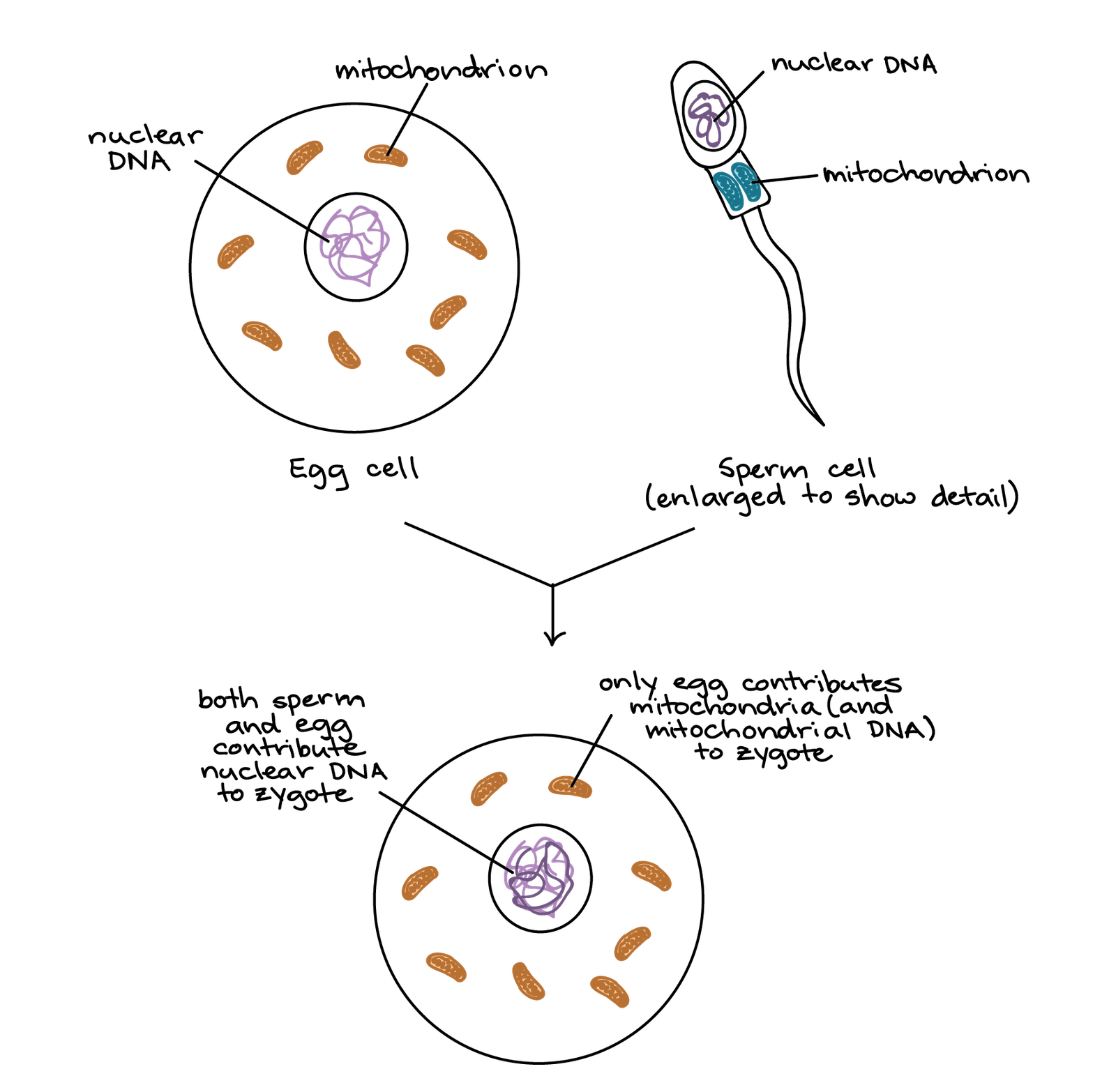
Factors Influencing Fertilization
Fertilization can be influenced by a variety of external and internal factors, including environmental conditions, timing, and the health of the parents.
Environmental Conditions
In species that rely on external fertilization, environmental conditions such as temperature, pH, and salinity can significantly impact the success of fertilization. Even in species with internal fertilization, environmental factors can affect the viability of the sperm and the ability of the egg to be fertilized.
Timing
Timing is crucial in fertilization. In many species, eggs are only viable for a short period after ovulation, and sperm have a limited lifespan after ejaculation. The synchronization of gamete release and optimal conditions for fertilization is often tightly regulated by hormonal cycles.
Parental Health
The health of the parents can also impact fertilization. Nutritional status, age, and the presence of toxins or diseases can all affect gamete quality and the chances of successful fertilization.
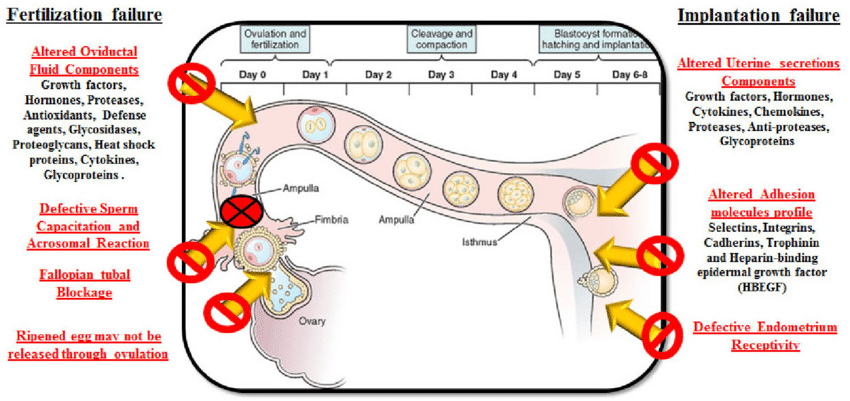
Conclusion
Fertilization is a complex and fascinating biological process that serves as the gateway to development and inheritance. It represents the merging of two genetic legacies and sets the stage for the development of a unique organism.
The intricacies of gamete formation, the mechanics of sperm-egg fusion, and the subsequent steps leading to embryonic development are essential not only for individual organisms but for the continuation of species. As we continue to study fertilization, we gain insights into reproductive health, the genesis of life, and the inheritance patterns that weave the fabric of biodiversity on our planet.
Read more:
